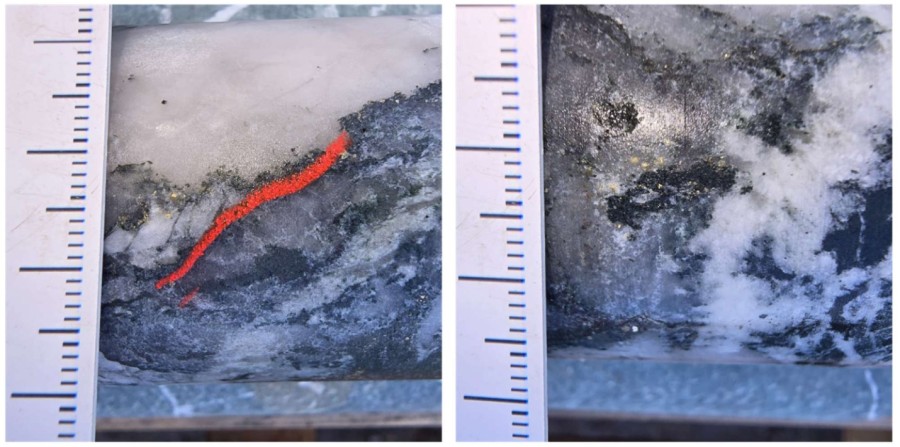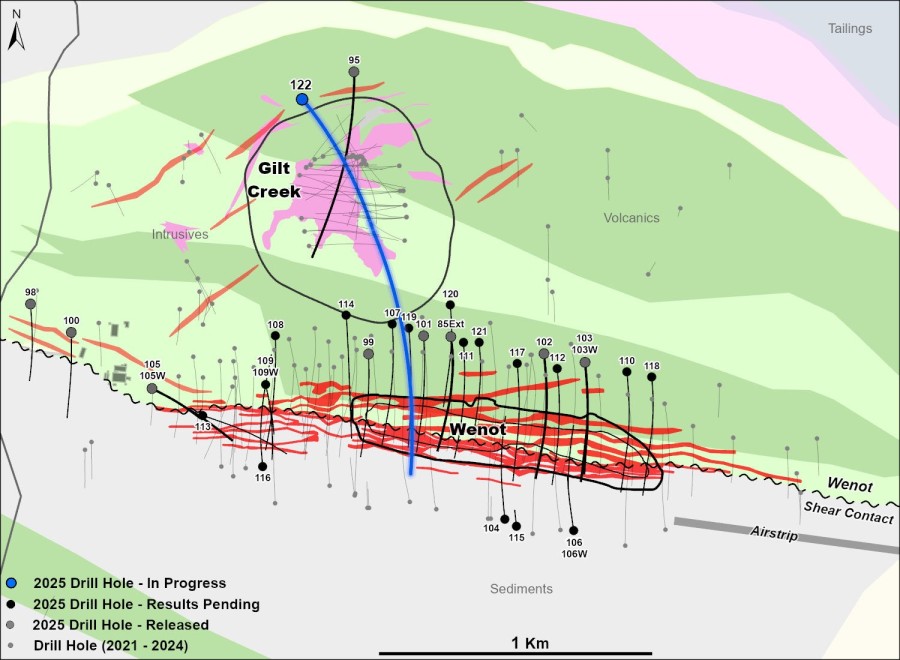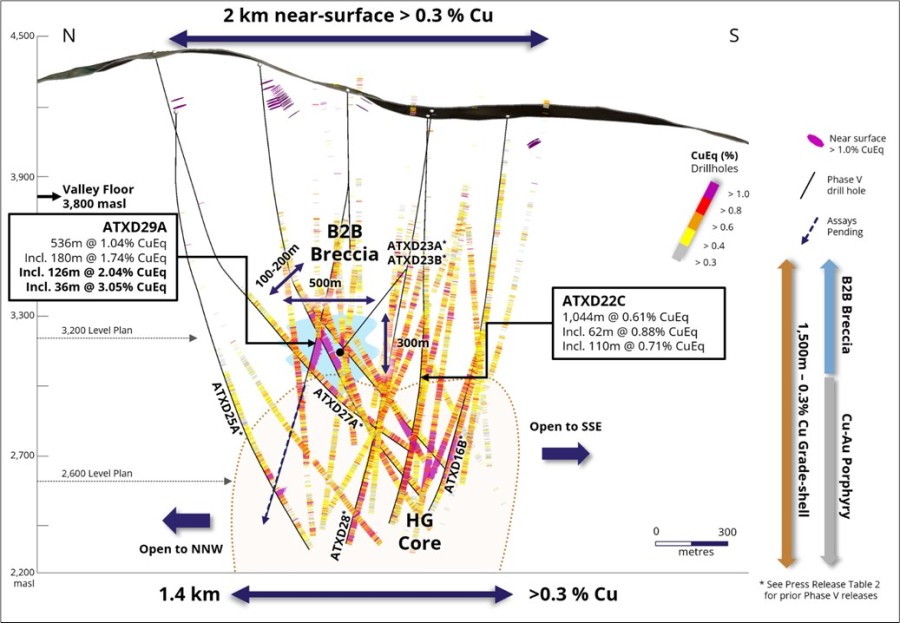Cypress Development Corp. (TSX.V: CYP / OTCBB: CYDVF / Frankfurt: C1Z1) ("Cypress" or the "Company") is pleased to announce that the Company has received results from a property wide grid sampling program at Cypress' 1520 acre Glory Lithium Brine/Claystone Project located in Clayton Valley, Esmeralda County, Nevada. Cypress' Glory Project is located within a 0.5 mile of lithium brine wells belonging to the Albemarle Silver Peak Mine and the property shares its western boundary with the lithium resource area of Pure Energy's Clayton Valley South project.
In August 2016, Cypress optioned its Glory Project to Pure Energy Minerals with Cypress remaining the operator of the project until Pure Energy earns a 51% interest. The agreement allows the Company to advance its Glory Project while working with and utilizing the geological expertise of the Pure Energy team.

Highlights:
- 239 Glory samples were collected on a systematic 100m X 100m grid
- 133 Glory samples assayed greater than 900 ppm Li
- New Glory zone discovered with a high grade of 3830 ppm Li
- Several open zones of 1400 to >2000 ppm Li have been identified
- 3 km long by 1 ½ km wide zone of strong lithium mineralization is present at surface on the Glory property
- Data supports that the lithium is from uplifted and exposed lake bed sediments
- Grid sample results definitively confirm earlier samples reported by Cypress
Cypress Development has now completed a grid sampling program over the exposed mineralized mudstone - claystone rocks package and the surrounding thin gravel units. Thin volcanic ash units, which occur within the mudstone section, were also sampled. A total 239 samples were collected on a 100m X 100m grid pattern.
Assay results of the grid sampling program are displayed in Table 1 below. Lithium mineralization averaging >900 ppm Li was returned from 133 samples of thick bedded to massive mudstone and claystone outcrops. These occurrences are typically from high calcareous and saline sediments that formed in a lake bed setting prior to being uplifted. The grid sample results definitively confirm the earlier samples collected and reported by Cypress Development.
Uplifted lithium claystone stratigraphy at Cypress Glory Clayton Valley, Nevada:
Included in the mudstone samples is a newly discovered zone of strong lithium mineralization in a previously un-prospected area in the north central portion of the Glory Lithium property. Sample number RKCV-00224 returned 3830 ppm lithium from a highly saline and calcareous claystone outcrop. This northern area of the Glory property, and on the adjacent portions of Cypress' Dean Lithium property, is characterized by outcrops of mudstone and claystone poking above widespread, thin gravel cover units occurring in several square kilometers of very low topographic relief.
Cypress considers this highly mineralized area as a prime target for developing a large surface footprint of lithium mineralization averaging >2000 ppm. Detailed follow-up channel sampling of the area is being planned to determine the size of the higher grade zone which would become a focus area for further development work.
Table 1: Cypress Glory Grid Sampling Results
| Lithology Type | Number of Sample | Average Li Assay ppm | High Li Assay ppm | Low Li Assay ppm |
|
Mudstone/Claystone |
133 |
906 |
3830 |
340 |
|
Volcanic Ash Tuff |
46 |
366 |
1060 |
20 |
|
Gravel Cover |
51 |
112 |
250 |
40 |
*Note ppm = parts per million, Li = lithium metal
Glory Clayton Valley Nevada grid sampling map:
As Table 1 shows, samples of thin volcanic ash and volcanic sandstone units were taken where they were encountered on the sample grid. These units are locally well mineralized but overall contain lower lithium values. These units are generally >0.5 meter thick versus the multi-meters exposed thickness of surrounding mudstones.
The assay results in Table 1 of thin gravel cover units on the grid shows lower level but still highly anomalous lithium values in these thin, variably indurated cover channel wash units.
The proposed next phase of exploration will consist of the collection of a series of bulk samples for further metallurgical testing for developing extraction methods to extract lithium from the large area of defined surface mineralization.
One of the keys to Cypress' project is to determine if lithium can be economically extracted directly from the highly mineralized claystones. Preliminary lab testing by ALS Chemex in Reno has shown an average recovery of 35% lithium using a deionized water leach and an average recovery of 95% lithium using a modified Aqua Regia leach.
Discussion of Grid Sample Results
As was stated earlier, the results of the systematic sampling fully confirm and in several important cases, surpass the previously announced results of sampling done by Cypress in the early stages of exploration of the Glory property. A 3 km long by 1.5 km wide zone of essentially continuous lithium mineralization within uplifted lake bed sediments is present at surface on the Glory property. The assays of mudstones and claystones average >900 ppm lithium and several open zones of 1400 to >2000 ppm lithium have been identified as a result of the grid sampling.
The lithium assays in the thin gravel cover units supports the notion that lithium is being leached from uplifted and exposed lake bed sediments.
For Cypress, this process of leaching of lithium from the strongly mineralized mudstone/claystone rock sections on the property has important implications. First, it appears likely that higher lithium values may be found in the subsurface versus in the surface exposures.
Cypress believes that lithium bearing brines could exist on its Glory property within the water table below the exposures of lake bed sediments as a result of vertical infiltration along zones of higher porosity, fault zones for example.
Quality Control and Quality Assurance:
All samples were submitted to ALS Chemex Labs in Reno, Nevada, for analysis using an ME-ICP61, 33 element four acid digestion ICP method.
Robert Marvin, PGeo, Exploration Manager for Cypress Development Corp., is the qualified person as defined by National Instrument 43-101 and has approved of the technical information in this release.
About Cypress Development Corp.:
Cypress development Corp is a publicly traded lithium and zinc exploration company that continues to acquire and develop potentially viable mineral projects in the State of Nevada, U.S.A.
Cypress is very active in Clayton Valley, Nevada with its team committed to systematically exploring its properties for both a lithium-brine resource and expanding exploration relating to the potential for lithium that exists within the recently discovered non-hectorite "claystones", that has seen recent high lithium assays recovered from these same "claystones".
Source: Cypress Development





